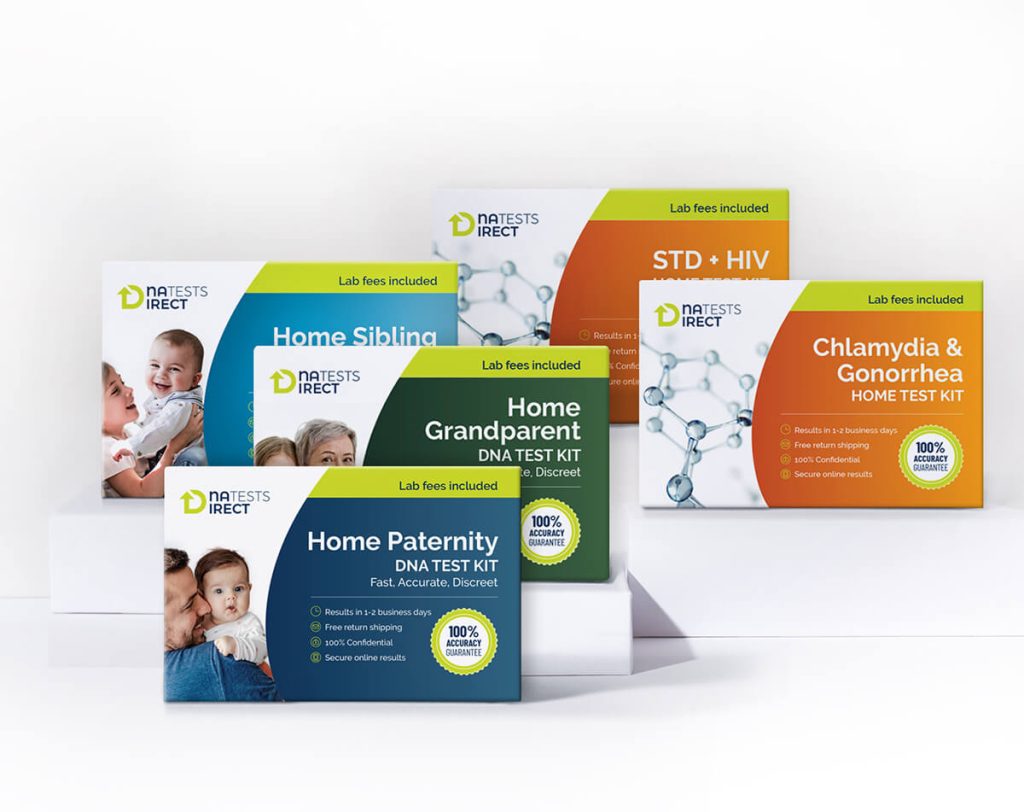Relationship DNA Test Results

Relationship Tests
DNA Paternity Test or DNA Maternity Test
DNA Twin Test (Zygosity)

Other Relationships
DNA Sibling Test Results
DNA Grandparent Test Results
DNA Aunt/Uncle (Avuncular) & Cousin Test Results

Other Types of DNA Analysis
In addition to relationship testing, our advanced laboratory analyzes other types of DNA changes for health, wellness, and trait-based reports. These tests look for different kinds of genetic variations.
Many of our other tests detect DNA changes known as single nucleotide polymorphisms or SNPs (pronounced “snips”). These occur when just one of the DNA building blocks (nucleotides) has been changed to something different. SNPs occur throughout the genome and thousands are linked to different attributes, from disease risk, to hair color, athletic ability, and food response. Some SNPs are detrimental to human health, others can provide an advantage, while others just contribute to differences in our appearance.
Other DNA changes that we can detect include VNTRs and large deletions or insertions. VNTRs (variable number tandem repeats) are similar to the STRs used in relationship testing, but the repeated region is larger. Large deletions or insertions can occur when sections of DNA are “missing” from or “added” to a person’s genome. The effect of these bigger changes depends on where in the genome the change has occurred.


